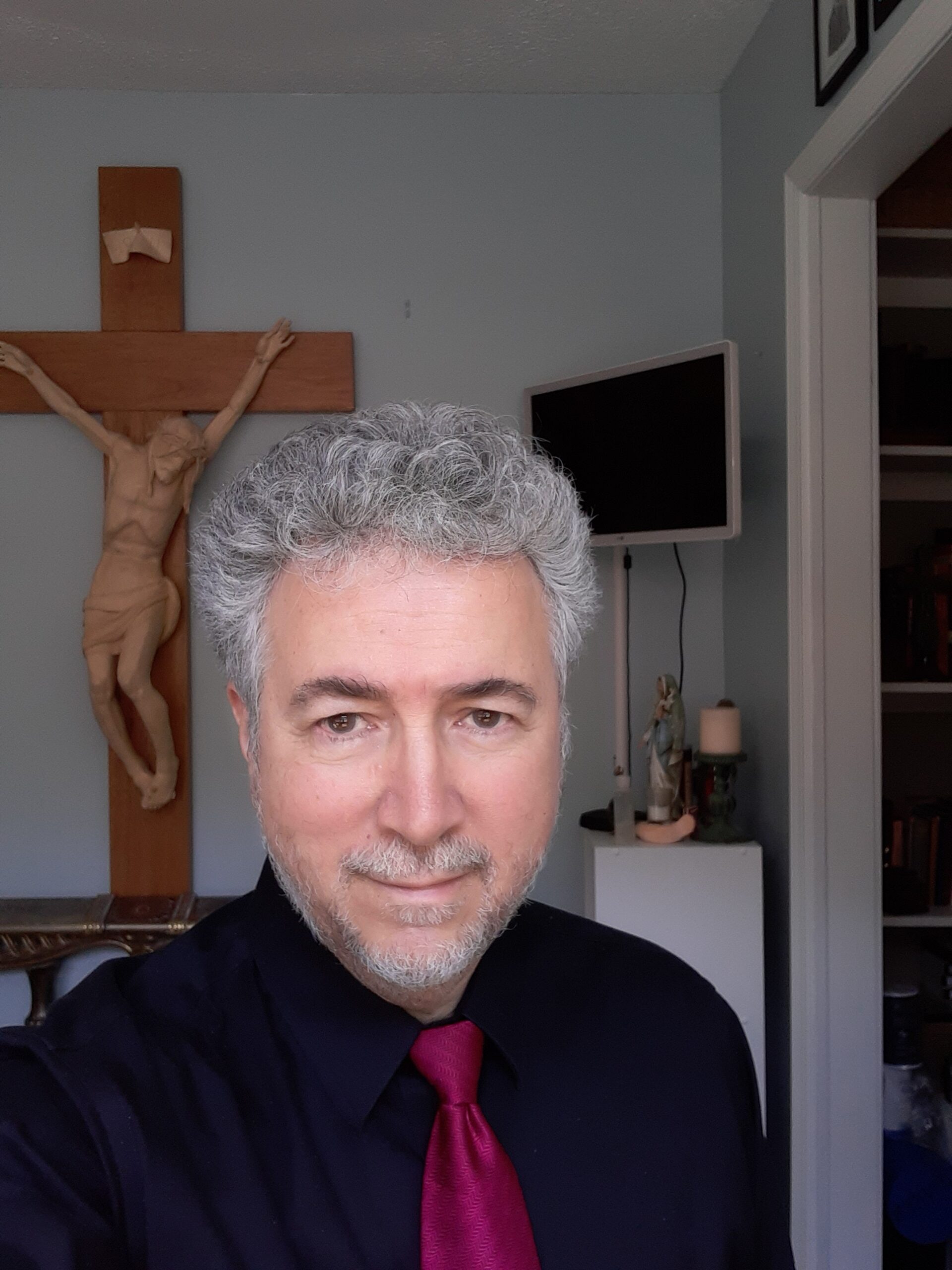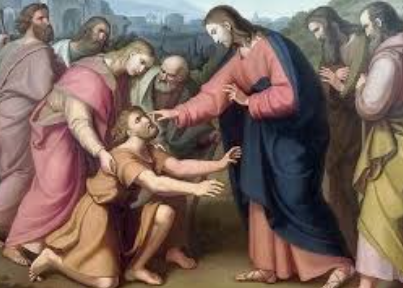A recent Gospel reading at Mass was about the man who was born blind, whom Jesus healed by mixing His saliva with dirt and rubbing it on his eyes (Jn 9:6).
This account leads us to recall two important Old Testament passages: Genesis 2:7, where God molds Adam from the clay of the earth; and Isaiah 64:8, where the prophet says “Father…you are the potter and we are the clay.” In this Gospel passage about the blind man, Jesus reshapes a son of Adam, disfigured due to the effects of original sin, with clay made from His own saliva.
In a sense, the man born blind represents all sons of Adam. In Scripture, physical blindness is often a metaphor for what all humanity has suffered since Adam’s fall: spiritual blindness. We all share this common inherited ailment of tainted human nature: the inability to see reality as it is.
This is all about our double vision. Just as physical sight enables us to see the physical world, spiritual sight enables us to understand its true meaning. As the gospel reading indicates, Christ came to heal and refashion us, to restore our sight and make us whole.
Blindness and ignorance have plagued mankind throughout its history. Yet, it’s taken on a unique flavor in our post-Christian age. The fact that people at the highest levels of society are seriously debating what a woman is illustrates how much our world has lost its spiritual insight.
When Adam and Eve were stripped of grace in the Garden, they lost their ability to see – not physically, but spiritually. After their sin, they saw each other and God as threats to their ‘freedom’ and ‘autonomy’. Sound familiar? Once dis-graced, mankind’s first parents protected themselves from each other (with fig leaves), and hid themselves from God (among the trees in the garden). Such anxiety should sound familiar to every sinner. So, what recourse do we have?
One might point out that in the Gospel reading the man born blind was not a Christian; yet, he regained his sight. He was not baptized by the Word nor confirmed in the Spirit, yet, according to a spiritual reading of the story, he regained spiritual sight while others around him remained blind. Some Pharisees, and even the man’s parents, were truly baffled that this Jewish man born blind was now able to see.
We may be able to glean a consistent theme to this story from the following scene:
After his cure, Jesus said to the man: “Do you believe in the Son of man?” (Jn 9:35). The formerly blind man answered, “And who is He, sir, that I may believe in Him?” Jesus said to him, ‘You have seen Him, and it is He who speaks to you.’ The man said, ‘Lord, I believe’; and he [then] worshiped Him” (Jn 9:36-38).
One may surmise the healed man represents non-Christians whose hearts are open to the grace won for the world by Christ, and who genuinely seek truth and goodness as they can understand it. Without ever knowing Him by name, these people of good-will symbolized by the cured blind man, love Christ – who IS the way, the truth, and the life (Jn 14:6). Once the man is properly introduced to Jesus, the Logos incarnate whom the man had been unwittingly seeking, there was no intellectual stumbling block to his whole-hearted devotion. Likewise, the person who responds to grace with an open heart, and who is properly evangelized, embraces Christ to worship the Father in spirit and truth (Jn 4:24).
Rather than curse the darkness because of all the people who seem to embrace their blindness, pray that we may respond to grace as the blind man did in John’s Gospel. To regain the spiritual sight lost in the primordial Garden, we must share in the eternal perspective of God – made possible only through divine grace and healing.

